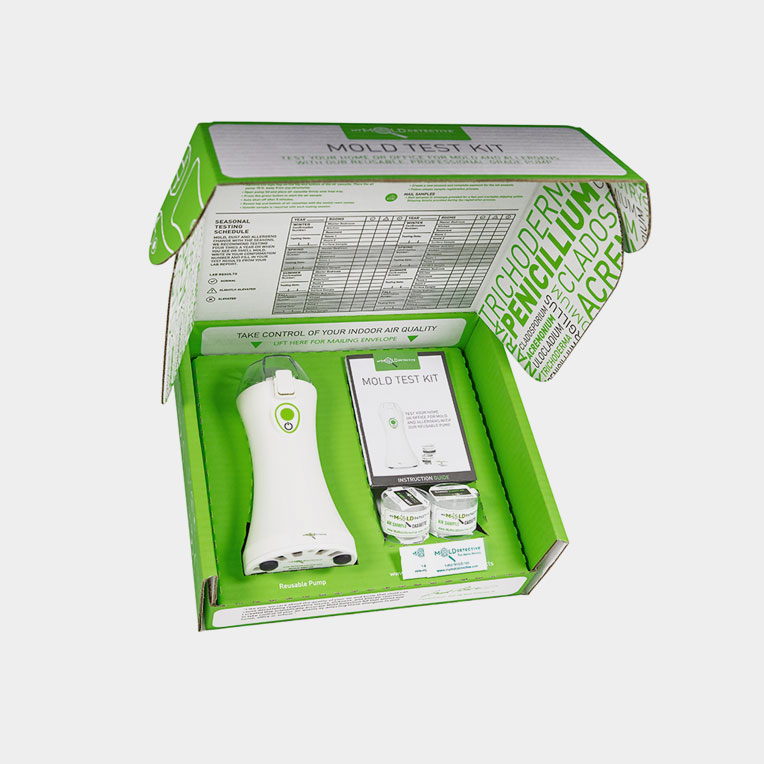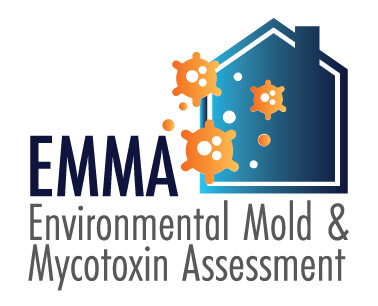The Duty of Mycotoxin testing Services in Food and Feed Safety
The Duty of Mycotoxin testing Services in Food and Feed Safety
Blog Article
How Mycotoxin Testing Assists Stop Contamination and Guard Food Supplies

Mycotoxin screening is an essential method in the food industry, offering as a frontline defense versus contamination by hazardous toxins created by mold and mildews. Through the application of advanced strategies like High-Performance Fluid Chromatography (HPLC) and Liquid Chromatography-Mass Spectrometry (LC-MS), food producers can precisely measure and find mycotoxin degrees in farming products.
Comprehending Mycotoxins
Understanding mycotoxins begins with recognizing that they are harmful additional metabolites produced by specific molds, which can contaminate agricultural products. These metabolites are not essential for the growth or recreation of the fungis yet can have extreme effects for animal and human wellness. Mycotoxins are commonly found in staple plants such as corn, wheat, barley, and nuts, where they can multiply under details problems of dampness and temperature level.
There are a number of types of mycotoxins, each produced by different fungal species. Fusarium species produce trichothecenes and fumonisins, both of which are connected with different acute and chronic health issues.

Risks of Mycotoxin Contamination
The risks of mycotoxin contamination are multifaceted, presenting considerable hazards to both food security and public health and wellness. Mycotoxins, toxic substances produced by certain types of fungi, can infect a large range of agricultural items including grains, nuts, spices, dried fruits, and coffee.
Financial impacts are one more significant issue. Infected crops can lead to significant monetary losses for farmers and food manufacturers due to decreased returns and the need for expensive purification measures. In addition, international profession can be significantly prevented as countries impose stringent mycotoxin laws to safeguard their populaces, bring about declined deliveries and stretched trade connections.
Environmental factors such as climate modification worsen the threat of mycotoxin contamination. Variants in temperature level and humidity can create desirable conditions for fungal growth, enhancing the probability of contamination occasions. Therefore, understanding and alleviating these threats are critical for making sure the security and stability of worldwide food materials.
Approaches of Mycotoxin Checking
Accurately identifying mycotoxin contamination in agricultural products is essential for safeguarding public health and wellness and preserving food security requirements. Numerous approaches are used to detect and evaluate mycotoxins, each offering specific benefits and constraints.
High-Performance Fluid Chromatography (HPLC) is a commonly made use of approach because of its high sensitivity and precision. It includes separating mycotoxins from other materials in an example, allowing precise quantification. Similarly, Liquid Chromatography-Mass Spectrometry (LC-MS) incorporates liquid chromatography with mass spectrometry to offer detailed molecular details, making it specifically beneficial for determining multiple mycotoxins simultaneously - Mycotoxin testing Services.

Gas Chromatography-Mass Spectrometry (GC-MS) and Thin-Layer Chromatography (TENDER LOVING CARE) are likewise employed, each with distinct applications. dig this GC-MS is effective for volatile mycotoxins, while TLC supplies a less complex, cost-efficient choice for initial testing.
Advantages of Routine Evaluating
Regular screening for mycotoxins in farming products provides numerous benefits, dramatically adding to public health and wellness and food security. By identifying contamination early, normal screening helps prevent the circulation of hazardous foods, consequently decreasing the risk of mycotoxin-related illnesses amongst customers. This positive method not just safeguards human wellness however additionally improves the overall high quality of food supplies.
Regular screening also sustains regulative conformity. Different nations and areas have developed stringent restrictions for mycotoxin levels in food and feed. Complying with these limits via regular screening guarantees that suppliers and manufacturers meet lawful criteria, consequently staying clear of charges and profession barriers. Keeping compliance promotes customer count on and brand name reputation, which are vital for market success.
Furthermore, routine mycotoxin screening can bring about considerable economic advantages. Early discovery of contamination enables timely intervention, minimizing possible losses from widespread contamination. Executing routine screening methods can also reduce recall prices and relevant liabilities, which can be financially devastating.
Additionally, routine testing supplies beneficial information that can inform better agricultural methods and storage problems. By recognizing patterns of contamination, manufacturers can adopt preventive steps, consequently lowering future risks and contributing to the sustainability of the food supply chain.
Implementing Testing Protocols
Implementing reliable mycotoxin testing protocols is crucial for making certain the security and quality of farming products. Each stage should be looked at to identify Continued where mycotoxin contamination is most likely to take place.
When critical control factors are identified, picking suitable testing techniques is important. Usual methods consist of enzyme-linked immunosorbent assay (ELISA), high-performance liquid chromatography (HPLC), and mass spectrometry (MS) Each approach has its staminas and weak points; thus, selecting the correct one depends upon the specific mycotoxin being evaluated, the called for sensitivity, and readily available resources.

Last but not least, incorporating the screening protocols into an extensive food safety management system is a good idea. This improves traceability and allows speedy rehabilitative actions when contamination is spotted, consequently guarding the honesty of the food supply chain.
Verdict
Mycotoxin testing is crucial in stopping contamination and safeguarding food materials by allowing very early detection of dangerous toxins created by mold and mildews in agricultural items. Advanced approaches such as HPLC and LC-MS guarantee conformity with safety policies and shield consumers from health and look at this website wellness threats. Regular testing improves brand name credibility, monetary security, and count on food security by decreasing contamination-related losses and maintaining high requirements in food manufacturing. Applying rigorous testing procedures is hence crucial for the sector's overall well-being.
Mycotoxin screening is an essential technique in the food industry, serving as a frontline protection versus contamination by harmful toxins produced by molds. An integrated method including farming methods, storage space monitoring, and normal testing can mitigate the dangers linked with mycotoxin contamination, ensuring food safety and public health.
The threats of mycotoxin contamination are complex, posturing substantial hazards to both food safety and security and public wellness.Routine screening for mycotoxins in agricultural products supplies countless advantages, substantially contributing to public health and food safety and security.Mycotoxin testing is vital in avoiding contamination and safeguarding food products by allowing very early detection of harmful contaminants created by molds in farming products.
Report this page